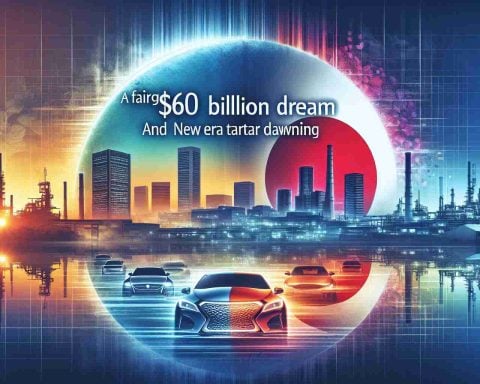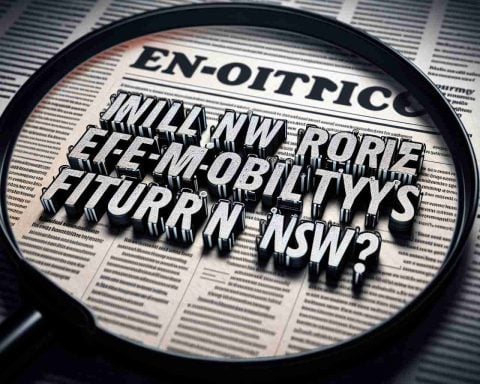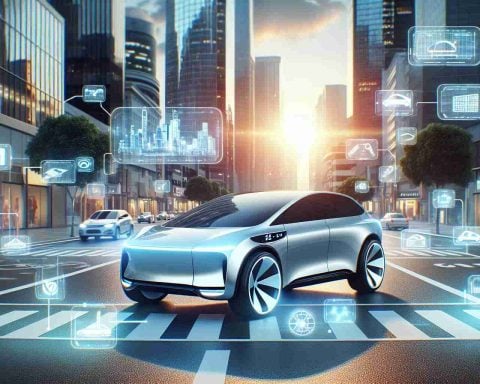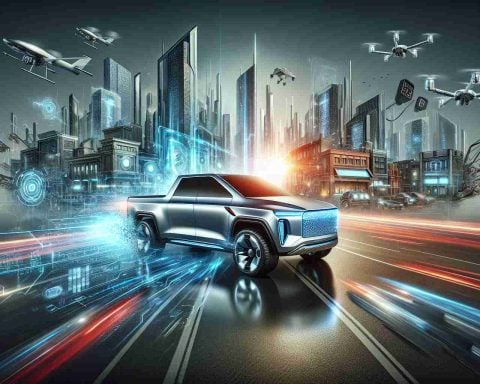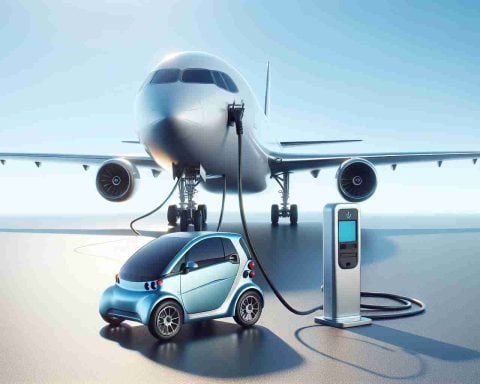- The potential partnership between Nissan, Honda, and Mitsubishi in the EV market has been abandoned due to structural disagreements and strategic differences.
- The alliance aimed to challenge the dominance of cost-effective Chinese manufacturers like BYD, but failed due to internal conflicts regarding leadership roles.
- Honda wanted a leadership position, conflicting with the initial plan of joint governance, which led to the breakdown of negotiations.
- The need for rapid decision-making in the fast-paced EV industry was a key factor in the decision to dissolve the partnership talks.
- This development highlights the necessity for traditional automakers to adapt quickly to remain competitive against emerging market leaders.
- The situation underscores the shift in the automotive landscape where established players must innovate or risk obsolescence.
Plans that once painted a promising collaboration between Nissan, Honda, and Mitsubishi have fizzled out, leaving the automotive world pondering missed potential. This alliance, which had the makings of a formidable force in the electric vehicle (EV) landscape, ended before it even hit the road, a casualty of structural disagreements and strategic recalibrations.
The ambitious partnership aimed to carve out a significant slice of the burgeoning EV market, a sector increasingly dominated by bold Chinese companies like BYD. These Chinese manufacturers have surged ahead with their cost-effective production models, leaving long-standing stalwarts in the dust of obsolescence. The automakers hoped their combined prowess would counteract this eastern dominance and revitalize their presence on the global stage.
As executives from both Nissan and Honda sat at the negotiation table, they envisioned a cooperative future that harnessed innovation. Yet, the talks revealed a deep chasm in how each party envisioned their roles. Honda suggested taking the helm, with Nissan playing a more subsidiary part—a proposal that clashed with initial joint governance ideas.
Ultimately, the intricacies of leadership and execution speed proved too daunting to reconcile. As the automotive world accelerates into electrification, agility in decision-making becomes paramount. The companies opted to pull the plug on their Memorandum of Understanding, prioritizing swiftness and decisiveness over drawn-out negotiations.
In a landscape where power shifts at breakneck speeds, this episode serves as a stark reminder: even giants must adapt with precision and unity, or risk watching newcomers redefine the terrain. As China’s automotive behemoths continue their relentless advance, traditional titans face a critical juncture—innovate or be left behind.
Nissan, Honda, and Mitsubishi’s Missed EV Opportunity: What You Need to Know
Strategic Counterpoints and Future Implications
The dissolution of the planned alliance between Nissan, Honda, and Mitsubishi represents not just a missed opportunity, but also underscores the strategic complexities present in today’s automotive landscape. As they attempted to unite against the escalating dominance of Chinese EV manufacturers, these industry titans instead illustrate the challenges of collaboration within highly competitive, swiftly evolving markets.
# Primary Objectives and Challenges
The initial goal of this alliance was to develop a robust strategy for gaining significant market share in electrification. Yet, the partnership was fraught with challenges, primarily concerning leadership roles and strategic execution, rendering a promising outlook into an unrealized venture.
Key Points:
– Leadership Conflicts: The inability to agree upon leadership dynamics, with Honda favoring a leading role that clashed with Nissan’s expectations for joint governance, was central to the alliance’s downfall.
– Strategic and Structural Disagreements: Misalignments in how these companies envisaged their collaboration’s structure and operations thwarted execution plans.
Insights into the EV Market
To effectively counter Chinese giants like BYD, understanding broader market trends is crucial:
– Cost-effective Solutions: Chinese EV manufacturers have revolutionized production models emphasizing affordability, rapidly increasing their market share.
– Technological Innovations: Emphasizing innovation in battery technology and efficiency remains a competitive edge.
Why Partnerships Matter in the EV Industry
– Shared Investments: Collaborative ventures can pool financial and technological resources, pushing the boundaries of innovation while sharing risks.
– Rapid Development: Joint ventures allow for quicker R&D processes, paving the way for faster market entry—a critical factor as electrification accelerates globally.
Considerations for Future Collaborations
– Clear Governance Models: Establishing transparent and agreeable governance models can preclude leadership disputes.
– Agile Decision-Making: In a sector undergoing rapid transformation, agility and adaptability are indispensable for success.
Questions to Consider
What are the primary advantages of collaboration in the EV industry?
Collaborations can combine expertise, share technology advancements, and reduce individual financial risks, facilitating the rapid development and marketing of innovative products.
How do cultural and strategic conflicts impact such collaborations?
Differing corporate cultures and strategic visions can lead to misunderstandings, inefficiencies, and ultimately, the breakdown of partnerships.
What lessons can be learned from this failed partnership?
Emphasizing clear communication, shared vision, agreed-upon leadership roles, and versatile market strategies are critical to successful alliances.
Related Resources
For more information on the trends and dynamics of the automotive industry and the electric vehicle market, visit:
– Nissan Global
– Honda Global
– Mitsubishi Motors
Leverage these insights and considerations to stay informed about the rapidly transforming automotive sector, as it hurdles towards a future dominated by sustainability and innovation.




